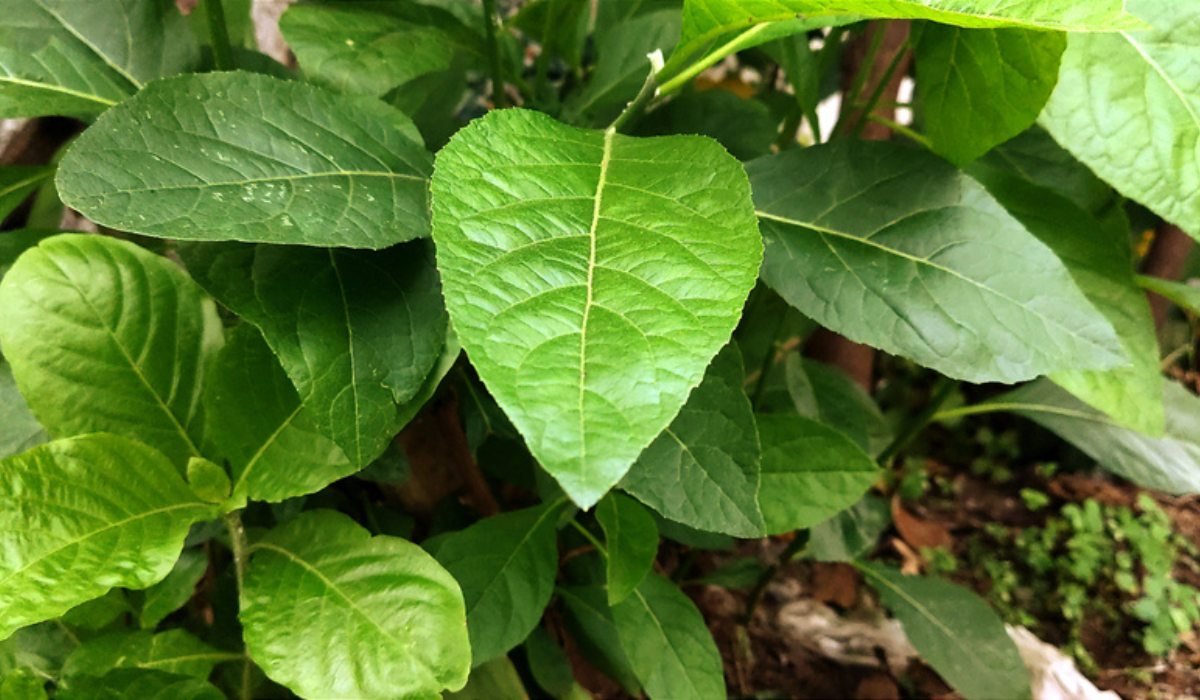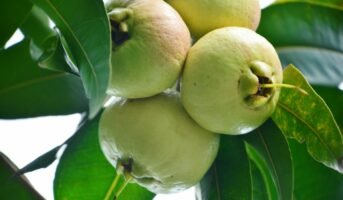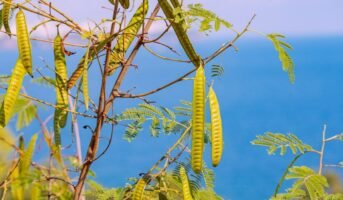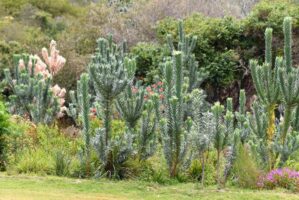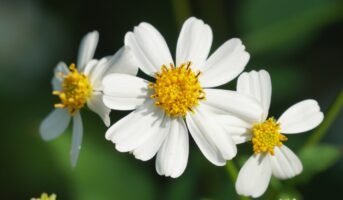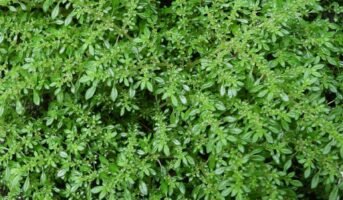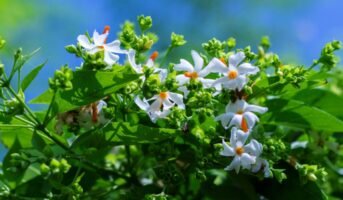People love to decorate their gardens and homes with various plants. Gardening is also a favourite hobby of a majority of people. If you are one of those, you must have heard of Vernonia amygdalina. The prevalent name of this plant is bitter leaf. Bitter leaf is a popular plant many love to plant in the garden or on the roof. This article aims to help you with detailed knowledge about the Vernonia amygdalina so that you can easily plant it in your own garden area.
Vernonia amygdalina: Key facts
| Botanical name | Vernonia amygdalina |
| Family | Asteraceae |
| Common name | Bitter leaf |
| Plant type | Shrub |
| Native | Nigeria, Cameroon and Zimbabwe |
| Leaf type | elliptical and up to 20 cm (7.9 in) long |
| Height | 2–5 m (6.6–16.4 ft) |
| Season | Evergreen |
| Sun exposure | Direct sunlight |
| Soil type | Well-drained soil |
Vernonia amygdalina: Physical description
Vernonia amygdalina is one kind of shrub found along the riverside. Apart from this, it can be found in various cultivated land and woodland. In general, Vernonia amygdalina grows from one metre to three metres, and leaves can grow up to 20 cm. Leaves are usually deep green in colour and elliptical. The name of the bitter leaf clearly says that the taste of the leaf is quite bitter. This plant’s stem is brownish-grey in colour, and most of the time, it is flakey. Little flowers can be seen, which are white, and flowers are too small.
Previously, the plant was available in wild areas. Nowadays, for its herbal benefits, people are trying to cultivate it in common areas or in their own gardens. A lot of herbal formulations are available in the leaves of this tree. This African shrub is cultivated in many communities, and various pharmaceutical companies are researching more to get other benefits.

Source: Pinterest
Vernonia amygdalina: How to grow?
Bitter leaves can be cultivated in regular garden areas. To cultivate bitter leaf, you can follow these steps:
- Buy bitter leaf stem from a trustworthy seller.
- You have to clean the land and prepare it for the plant. Though bitter leaves can grow in various areas, you can make the soil properly for good growth.
- No such top-notch maintenance is required for the bitter leaf. Only you need to take care of one thing that the sunlight can reach adequately.
Vernonia amygdalina: Maintenance tips
Here are the detailed maintenance tips you should follow.
- Always keep the plant in direct sunlight.
- If you want to plant it in the garden, then you have no need to water it daily. You can simply water it twice to thrice a week. If you want to keep it in the rooftop garden, make sure to water it daily.
- Follow up with the nutrition level of the garden area where you have planted the tree.
Vernonia amygdalina: Toxicity
The Vernonia amygdalina plant is not toxic at all.
Vernonia amygdalina: Benefits
Bitter leaf or Vernonia amygdalina has a lot of benefits.
- Relieve stomach aches: Some research mentions that bitter leaves can reduce stomach aches and control stomach ulcers. A few antioxidants help to reduce these problems.
- Reduce the chance of protest cancer: Among older men, prostate cancer is too common, especially nowadays. Bitter leaves can show a bit of help in prostate cancer treatment.
- Reduce the level of insomnia: According to the research, if one can take one cup of bitter leaf juice before going to bed, then it can reduce the insomnia level. For ages, it has been used as an insomnia reliever.
- Enhance fertility power: A study mentioned that bitter leaf juice could noticeably increase sperm count in males. Increased sperm count can have fertility power. Vitamins present in the bitter leaves are responsible for increasing sperm count.
- Relieve from fever: Normal fever, cold, and cough can be reduced slowly by drinking a cup of bitter leaf juice every morning or as per the food habit.
- Aid diabetes: Those who have diabetes can take this bitter leaf. In bitter leaves, phytochemicals, carbohydrates, etc., are present, which can help control diabetes.
- Controls high blood pressure: Bitter leaves can control a few organic processes in the human body, which can maintain a good blood pressure level. Those who have high blood pressure can use this to get relief from high blood pressure.
- Improved metabolic function: Vitamin B1 is responsible for the metabolic process in the human body. In bitter leaves, it is present and helps to improve the overall metabolic function. Bitter leaves can oxidise extra amounts of fatty acids, which also lowers the chance of fat storage in the human body.
FAQs
Do Vernonia amygdalina or bitter-leaf plants need a lot of sunlight?
Yes, full sunlight across the whole day is required for the proper growth of the bitter-leaf plant.
When should you water the bitter leaf plant or Vernonia amygdalina?
If you want to plant it in the garden, you do not need to water it daily. You can water it twice to thrice a week. If you want to keep it in the rooftop garden, water it daily.
What are the common names of bitter-leaf trees?
In several African regions, bitter leaf is also known as Congo Bololo, Grawa, Ityuna, Oriwo, Etidot, etc.
Housing News Desk is the news desk of leading online real estate portal, Housing.com. Housing News Desk focuses on a variety of topics such as real estate laws, taxes, current news, property trends, home loans, rentals, décor, green homes, home improvement, etc. The main objective of the news desk, is to cover the real estate sector from the perspective of providing information that is useful to the end-user.
Facebook: https://www.facebook.com/housing.com/
Twitter: https://twitter.com/Housing
Email: [email protected]
